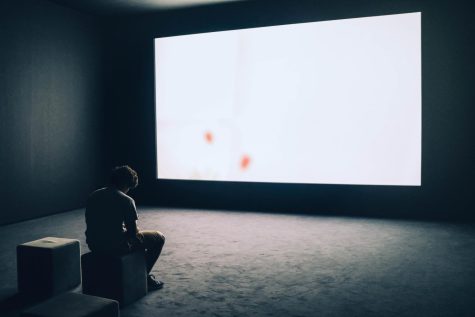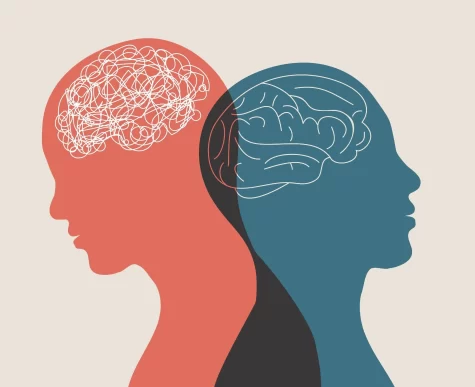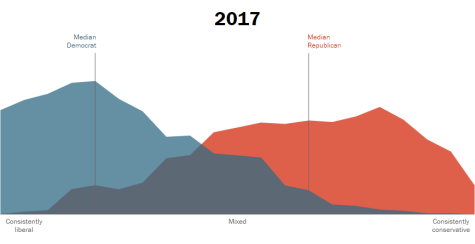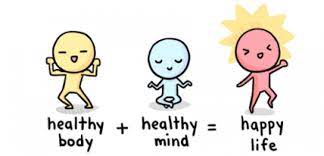Colorism Inside Racial Communities
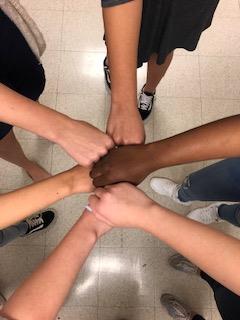
Students coming together at BDHS.
January 16, 2019
What is Colorism?
Colorism is often mistaken as racism. However, colorism is the prejudice against one’s skin-color and other factors about their appearance within a certain racial group.
Racism, on the other hand, is the unfair bias against someone’s racial or ethnic identity. Colorism has become a neglected topic within many communities, and some believe it is time to address the issue.
The Root of Colorism:
Colorism began when Europeans began to colonize land in the Americas, Africa, and Asia; Europeans were anti-black and anti-indigenous. There was a preference of fair skin and white features, people without those features were viewed as less valuable or desirable. As a result, people without those features tried to lighten their skin and have mixed children to improve their status.
Colorism in Their Own Communities:
In every culture and racial community, there are people ranging in different colors of skin. Fair skin is almost always seen as superior. Colorism is a huge part of Latino/Hispanic, Black, and Asian communities.
In the Asian community, the lighter a person’s skin is, the more attractive they are. In China and other parts of East Asia, if you are pale it shows you are wealthy and don’t have to work out in the sun all day.
In many parts of Southeast Asia and India, lighter skinned models are highlighted as the standard of beauty, and skin lightening products are very popular, especially among women.
In every culture and racial community, there are people ranging in different colors of skin. Fair skin is almost always seen as superior. Colorism is a huge part of Latino/Hispanic, Black, and Asian communities.
In the Black community some people are seen as “less black” if they are mixed or have lighter skin. However, in some cases light-skinned black people are seen as more attractive.
Outside of the US, in areas like South Africa, apartheid greatly exacerbated the issues of colorism and racism because of the strict separation of races. Skin lightening products are also popular in the Caribbean, where the effects of colonization have resulted in the same kind of standard where lighter is “more attractive”.
Lastly, in the Latino/Hispanic community if someone does not “look Hispanic”, other people in the community see them as being less so than a darker-skinned person, while at the same time employing the double standard that lighter is more attractive, which happens in the Black community as well.
Effects of Colorism:
There are several beauty products that lighten skin, “relax” hair, and lighten eyes. These products are known to be harmful to the body and are popular in ethnic communities. Campaigns formed to take action and stop the sale of these harmful products. They hope to boost self-acceptance in people.

